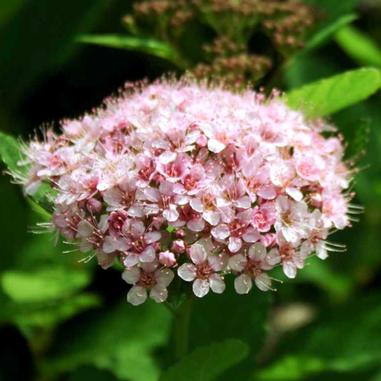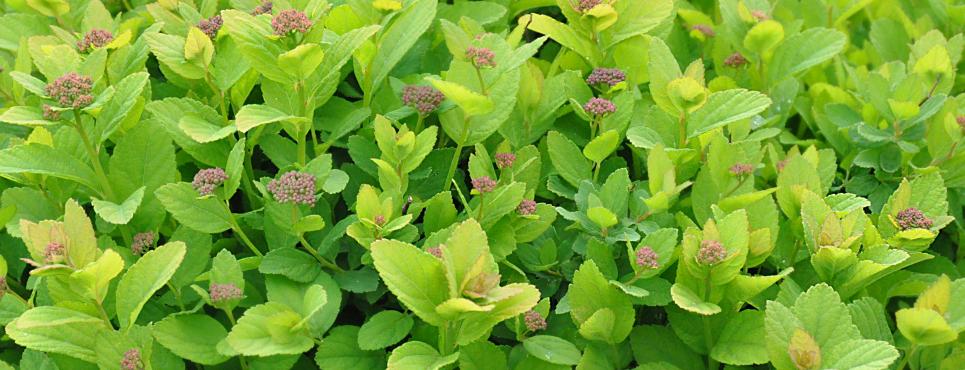A sole, brittle leaf tumbled down the street, scraping the pavement with each turn as it etched its way along with each, small utterance of wind. The landscape was listless and life seemingly comatose as the despotic heat and humidity continued. Summer’s vitality was waning, and her lurid beauty fading.
Late Summer, often, has an unkempt, woeful look, but the constant heat and lack of adequate rain has added insult to injury, leaving the landscape a bit unsightly.
As flowers fade and blooming halts, and plants grow spindly and leggy, some perennials actually benefit from more drastic measures than deadheading alone. Pruning (a.k.a. cutting back).
Not all perennials should or need to be pruned in Summer, but many can, and the practice proves to be invaluable by promoting neater, erect growth and in some cases, more blooms. Pruning can also control the number of flowers and their size. It’s also an excellent way to keep plants from invading the space of others. Further still, pruning can help control pests and disease. For some, pruning can be an art form when done correctly, altering the direction, vigor and bloom time of the plant. For most, it’s trial and error, and each perennial reacts differently.
Some perennials should be pruned back to new basal foliage and some should be cut to the ground. Some look best if pruned back by 1/3 to 1/2 of the plant’s mature size. Pruning out brown and wilted parts of the plant helps stimulate the growth of fresh green foliage.
Because it’s impossible to capture every conceivable perennial you may have growing in your garden, we’ve listed the most common below that benefit from summer pruning:
False Indigo: Cut back plants 1/3, unless you’d like seed pods to remain for Winter.
Hollyhock: Cut back to new basal foliage after flowering is completed.
Bee Balm: Cut back to clean foliage after blooming.
Daylilies: Cut back entire stem to basal foliage.
Wild Sweet William: Cut back 1/3 to 1/2 after flowering. This will help control unwanted self-seeding.
Yarrow: Prune down to basal foliage.
Coreopsis Grandiflora: Prune to basal foliage at the end of August or early September.
Gaillardia: Cut back to basal foliage in late August/early September.
Shasta Daisy: Deadheading prolongs blooms but cutting back in early September will prolong the life of the plant.
Again, not all perennials should or need to be pruned, and much of the practice is trial and error. Perennials are far more resilient than we think. As always, contact Sweeney’s with any questions or concerns you may have. We’re always here to help and love being a resource for you and your landscape.
Plant of the Week
First Editions Pink Sparkler Birchleaf Spiraea
Large pink, fragrant flowers bloom in early Summer and again in Autumn. Prefers full sun and moist, well-drained soil. Grows 3-4′ tall and 3-4′ wide. Minimal pruning required to keep rounded shape. Attracts butterflies, deer resistant and is a fast grower.
“How fair is a garden amid the trials and passions of existence.”
-Benjamin Disraeli
Best wishes,
Kim Sweeney


